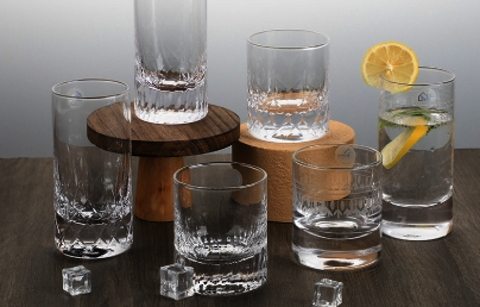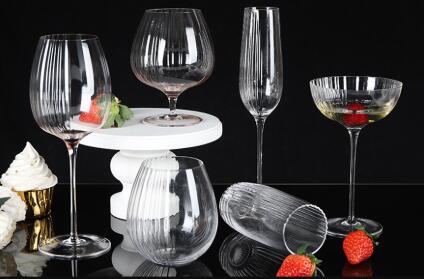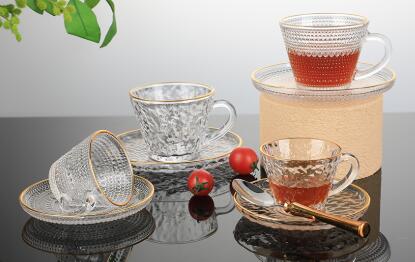Garbo designers talk about glassware design
Pulished on Apr. 16, 2021When I was young, I didn't feel anything about design before going to college. I only classified design as art. At that time, I had a certain prejudice against art, and I would label it as "flashy" and "entertaining myself".
Later, I heard many words of "design" from Apple, and found that those ugly things can actually become beautiful. I began to think that design should be an attitude of pursuing a better life. From then on, the design left my blacklist.
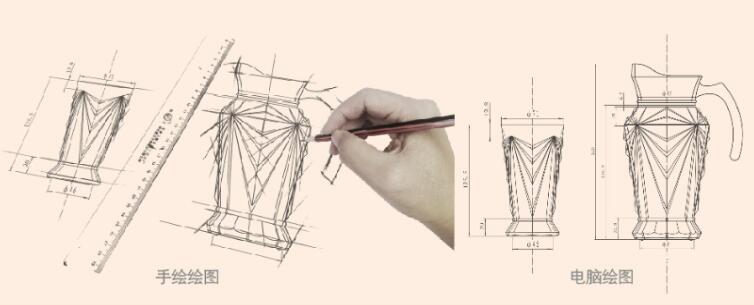
Later, I was brainwashed by Apple, thinking that the most important thing in design is to pay attention to details, whether it is appearance or operation flow. At this time, I began to realize that design is not just a spiritual need, it can really "change" something.
Later, I learned about "product design" and began to learn to understand why this model was designed like this. No matter how beautiful it is, it is not a good design. At this time, "design" is no longer "becoming beautiful", but more importantly, "becoming easy to use".
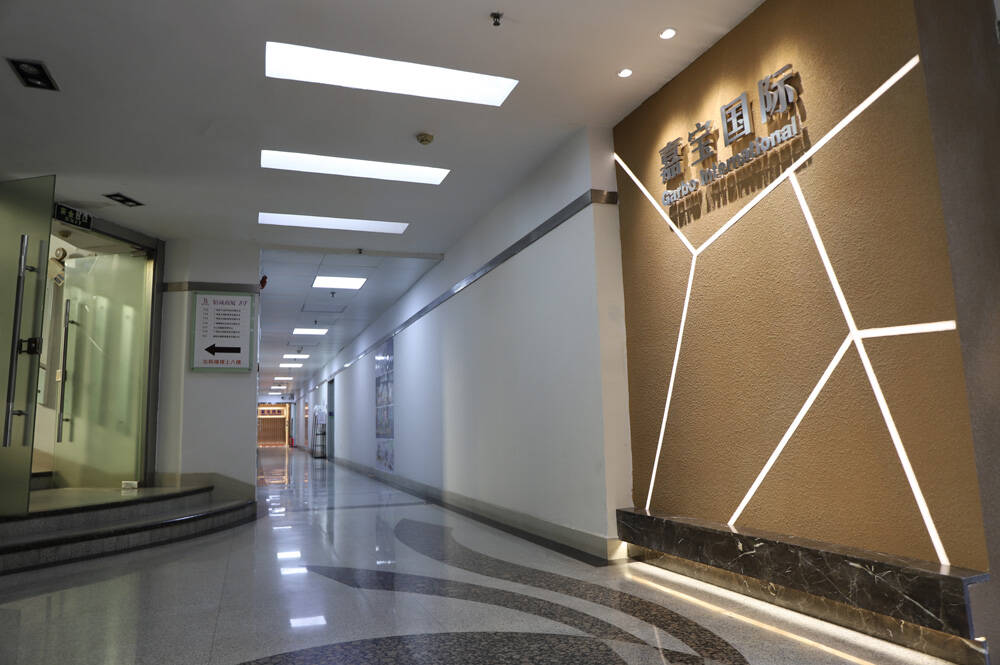
Later, I put design, science and philosophy together to become the three most important elements in my opinion, although these three words may not be appropriate. At this time, "design" has become a vague concept in my mind. I finally don't know what "design" is.
Later, now, I became a professional designer of glassware factory, constantly exploring new designs.
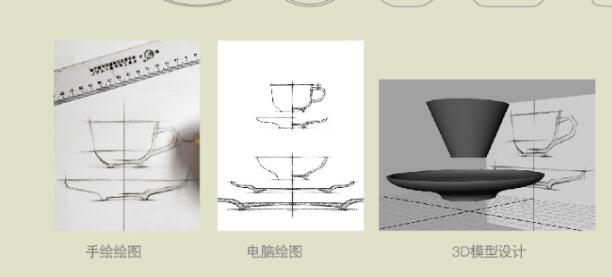
To explore what design is, first think about what we think is design and what is not in life.
When a glass cup, a glass pitcher and a ceramic product are beautiful enough or easy to use enough to attract our attention, we will undoubtedly admit that these things have been "designed".
Of course, there are all kinds of products around me in my work. When I see these products or experience them, I don't always realize that they have been designed. But when we understand the designer's intention, for example, doing this can prevent me from making mistakes, it can look better. We will smile and say, "So it is designed like this.".
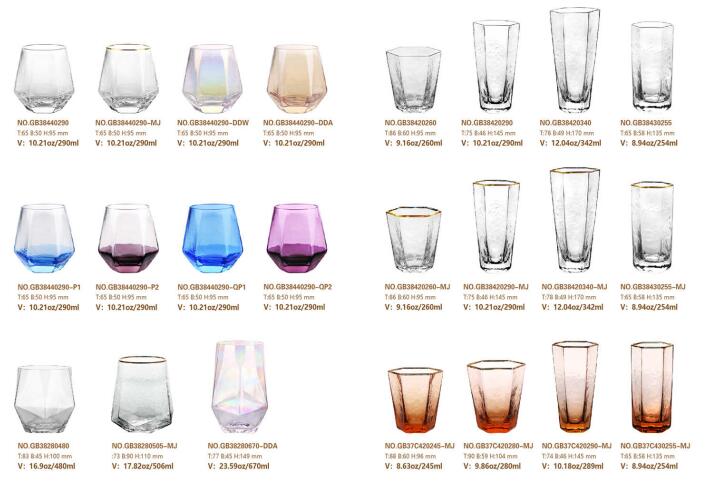
When observing the products of some famous designers or well-designed companies, it is easy to pay too much attention to some details. Because we always think that their design is very good, every detail must have a reason for its existence. To give an example that may not be appropriate, we are always asked why the author uses this word here instead of another one in the Chinese exam. Maybe he didn't think of other words at all, and naturally he wouldn't use other words. Even so, we can fill the test paper densely. Because of our over-explanation, it may not be design, but it is understood as design.
To sum up, when we think that a glassware product appears in this way in order to achieve a certain purpose of the designer, we will assume that it has been designed, or that it is a design.
And from the designer's point of view?
Design is not a skill, but the ability to capture the feeling and insight of the product market.
When the purpose of design is great, it becomes very vague, and we don't even know what it is. For example, I want to live a good life, I want to improve people's communication, and even I want to redesign the glass. These purposes are vague, so there are infinite choices, and infinite means nothing. Therefore, we often start with understanding the essence of this thing, find out what choices we have through understanding, and then choose according to that general purpose to start the next design. Although we always feel that understanding the essence of things should be counted in the philosophical category, the ability to know things in design is very important. Many good designs are better choices discovered by designers after re-understanding things.
Many details of the products designed by Garbo designers are actually the expression of their design thinking and artistic creation. Good design can solve market problems. A transparent glass without ornamentation may only sell for one dollar, but after being designed by a professional designer, I'm afraid it will cost more than that.







